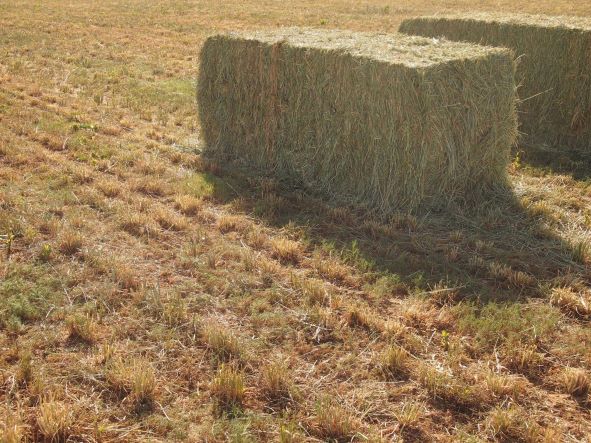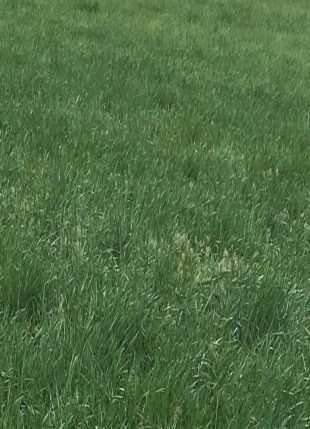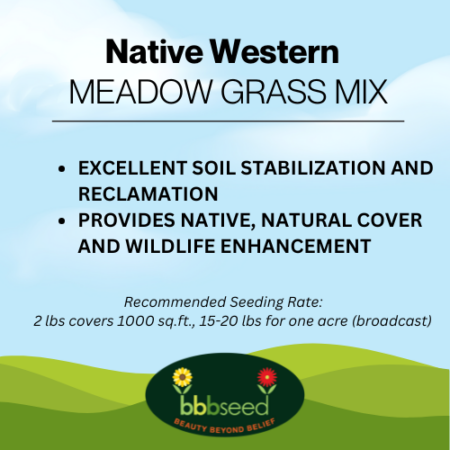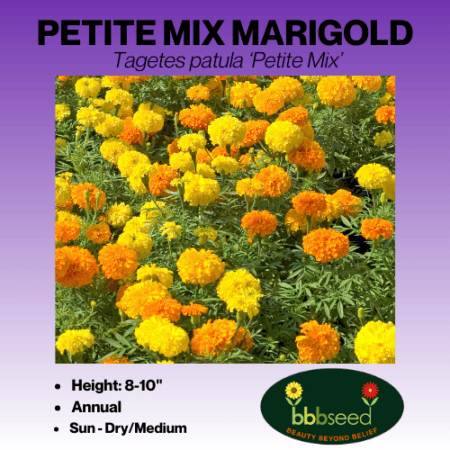Description
Dryland Pasture Mix
Our Dryland Pasture Mix is a premium mixture of introduced cool-season grasses for the Great Plains states and the Intermountain region for non-irrigated areas with 10″-13″ of annual rainfall. The majority of the mix is made up of drought-tolerant, sod-forming, dryland forage grasses that are excellent for moderate spring grazing and fall pasture. It works well for weed control and soil stabilization for erosion control areas. Good to 10,000 ft. elevation.
When stored in a Cool and Dry environment, this mixture has a multi-year shelf life. Additional seeds purchased this year can be used for years when stored properly.
Species:
25% Dahurian Wildrye
20% Forage Perennial Ryegrass
15% Orchardgrass
15% Smooth Brome
15% Russian Wildrye
10% Intermediate Wheatgrass
Varieties may change depending on availability. For the current varieties, please call.
Site Preparation:
Dryland forages should be established on a “conventional” seedbed – ground that is firm, moist, and free of weeds, debris, or large clods. Rough and fluffy seedbeds can result in slow and erratic stand establishment, weed encroachment, and delayed use of the pasture.
Timing of Seeding:
Proper seeding techniques and equipment are critical to all forage seedings but are most critical under dryland conditions. Dryland Pasture Mix seeding should occur in the very early spring to capitalize on potential late snows and early rains. “Dormant” seeding is successful in the late fall or winter, as long as temperatures remain too low for germination until spring. Late-summer seedings should only be planted if supplemental moisture is available from stored soil moisture or irrigation.
A minimum of 2 feet of soil moisture is needed for successful plant establishment. Seeding at other times should be avoided due to erratic precipitation.
Seed Placement:
The seeding technique can influence seedling establishment much more than inherent differences among species. Most forage species have small seeds that require precise, shallow placement. Forage seeds should be planted at the appropriate seeding rate into a firm seedbed and at a depth of less than one-half inch. This can best be accomplished with a drill with depth bands, a seed agitator, and packer wheels. If the seed is to be broadcasted, 1) drag soil with a harrow or other appropriate equipment, 2) place seed – double seeding rate, 3) drag soil again to cover up seed, and 4) pack seedbed to ensure proper seed-soil contact.
Row Spacing:
Proper seedling density leads to faster establishment, weed suppression, and optimum forage production under dryland conditions. Generally, most grasses and legumes are sown in 12 to 14-inch rows, whereas Russian wildrye performs best in 18 to 24-inch rows. Alternate row seeding of grass and legumes may facilitate better establishment.
Grazing Management:
New seedings must be protected from grazing until they are well established. Generally, grazing should be deferred at least until the first seed crop has matured. It may be necessary for the non-use period to exceed one year if the seedling establishment was slow due to poor weather, weeds, or other factors. Further information regarding grazing management is available at your Extension Office.
For more grass seed planting tips, check out this post.












Reviews
There are no reviews yet.